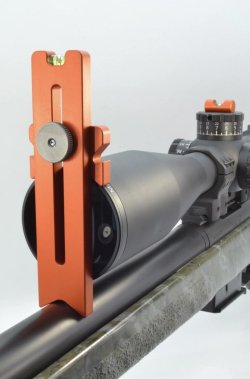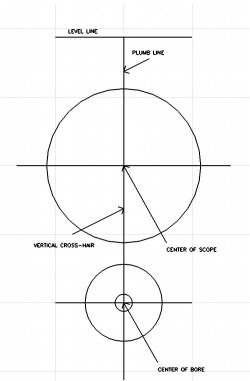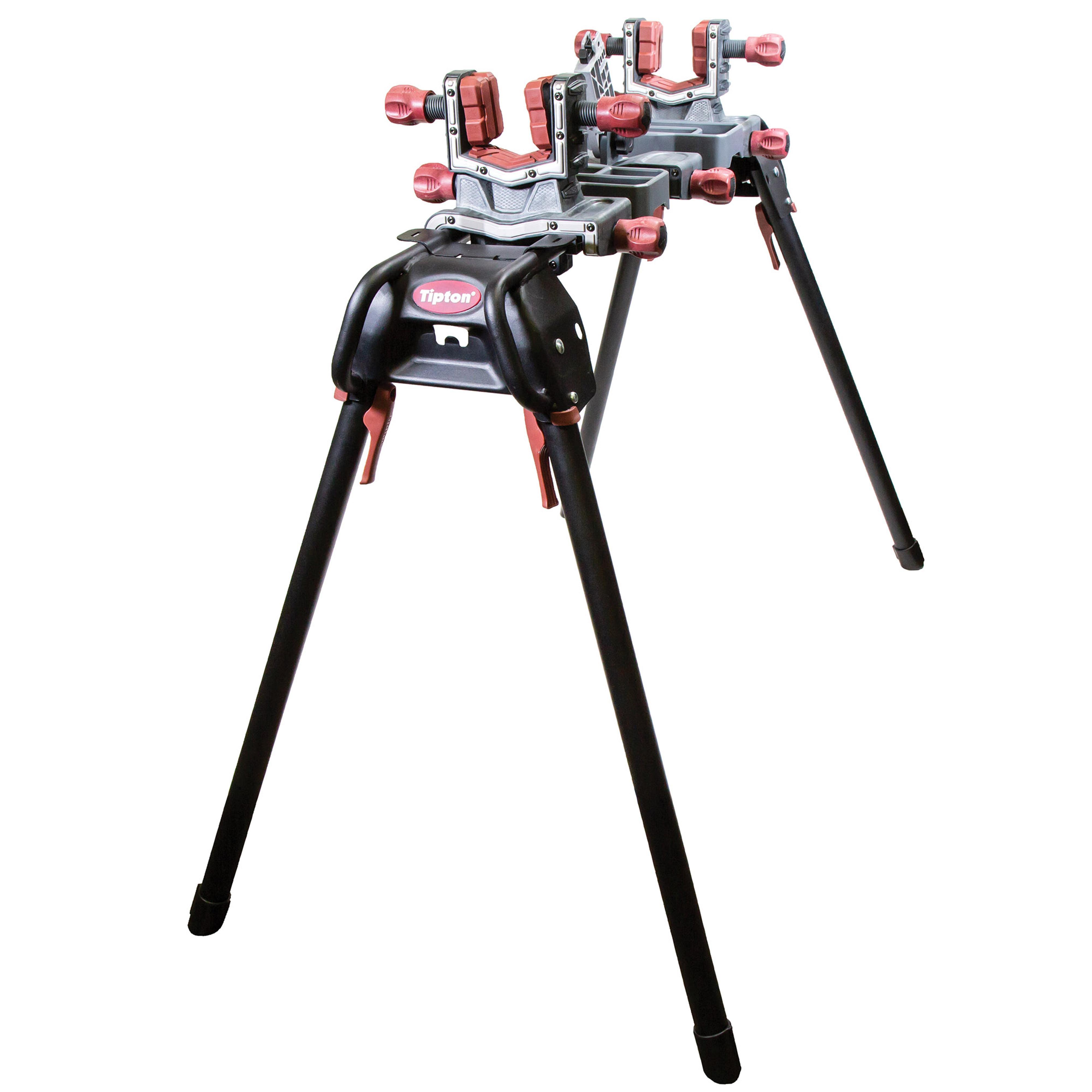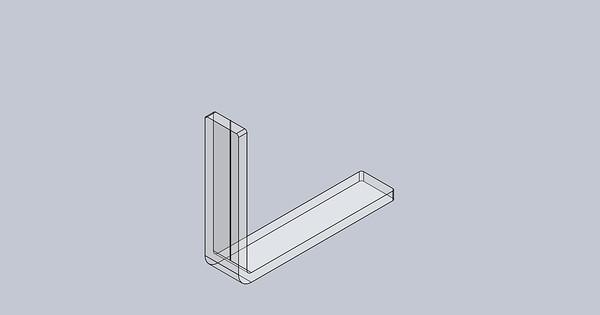Well then my next question would be, if by canting the rifle you can correct the scope alignment, then why is it necessary that the scope be perfect to begin with? lol
Realize this, your talking to a man in his very late 80s.
Who remembers very well when nobody even had scopes.
And when they became popular they were installed with just a screwdriver.
The user would just shoulder the rifle and see if it looked ok to at least him.
When long range came about for some of us in the 60s, it didnt change the way we installed scopes.
And we never realized that there were any problems.
And you know why?
Because there werent any.
About 10 or so years ago Bruce Baer installed a new Nightforce on one of my guns.
The only tool he used was a screwdriver, after he checked it, he asked me to look thru it.
Since im a lefty, i had him turn it slightly before he tightened it down.
Mind you, in PA. most long rangers shoot from a bench when hunting.
And we do level our bench side to side when setting it up.
At least some of us do, i certainly cant speak for all.
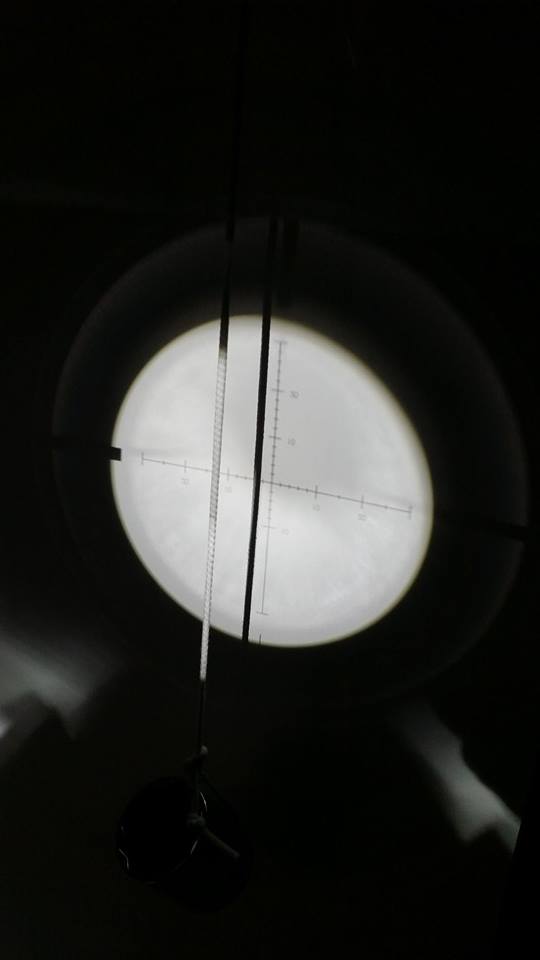
www.thefirearmblog.com

